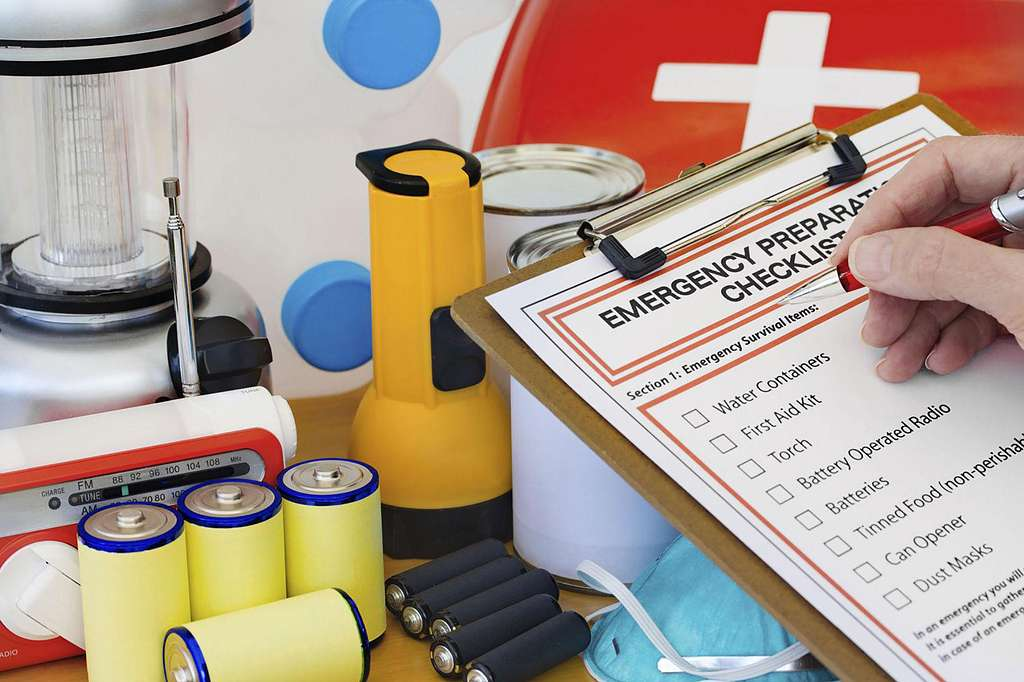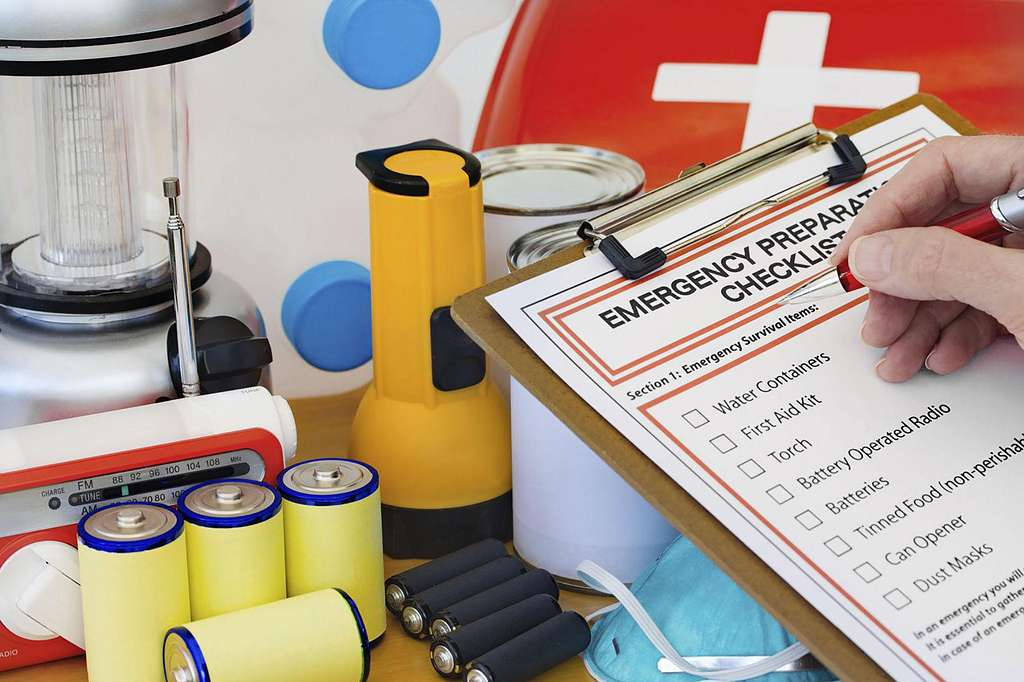In light of September being National Preparedness Month, the Office of Emergency Management (OEM) is hosting multiple events to educate the Georgetown community about emergency preparedness for the third year in a row.
Marc Barbiere, director of the OEM, said over 170 students visited the OEM table at the Resource Fair for New Student Orientation in the span of a couple hours.
“We hope the same enthusiasm carries over to those longer events where we can have more of our population kind of come throughout the day and participate,” Barbiere told The Hoya.
The emergencies that OEM helps the university prepare for range from cybersecurity to fire safety. However, Barbiere said extreme weather poses the greatest risk to the student population in terms of harm to lives and property.
“Because we’re in the Mid-Atlantic, we kind of have these different climate zones that our weather service friends and our scientists talk about where we get the northeastern cold, we get the southwestern heat and humidity, so we can get a little bit of everything here,” Barbiere said.
Barbiere said the most common severe weather events that Georgetown students face are thunderstorms, flash flooding and snow or ice emergencies. However, students can apply the same preparation tips in the face of all of these weather events.
Barbiere said the primary way to be prepared for a weather emergency is to be aware of the risks. Severe weather notifications are sent through Hoyalert, but Barbeiere also urges students to sign up for Alert D.C., keep a weather radio in the dorm and listen to the news. This information should be used to create a plan of action that can be adapted to any situation.
“So just knowing your environment, and knowing what you would do during severe weather or if you’re out and about with your friends, and you’re in the community, you’re downtown visiting folks, you’re out on Healy lawn and the severe thunderstorm is coming or the tornado is coming, to get that alert, know where you’re gonna go during an emergency,” Barbiere said.
According to Barbiere, a valuable asset during an emergency is a supply kit, since access to resources can be limited. Barbiere points to the severe winter weather that shut down sections of I-95 in Jan. 2022, leaving people stranded for around 24 hours, to highlight the importance of having a supply kit accessible in your car, home and dorm.
According to the Federal Emergency Management Agency (FEMA), an emergency kit should be easily transportable and include basic items such as a gallon of water per person, three days worth of non-perishable food, flashlight, First Aid kit, moist towelettes and cell phone chargers, among other supplies.

Barbiere said that although preparedness is key, the best outcome for an emergency is its prevention.
“I always tell people the best emergency is the emergency that doesn’t happen. My background is a former first responder and so we always like to say the best 911 call is the 911 call that doesn’t get made,” Barbiere said.
Newer emergencies nowadays have arisen in the form of cyber threats. People tend to be less prepared for malware and phishing, according to Barbiere.
“Take some time before you react. Don’t click on links that you don’t know where they go, or at least have a cyber security plan and don’t give away your information,” Barbiere said.
Another obstacle to emergency preparedness is complacency. Natalie Michalak, the emergency management specialist for the OEM, said that fire alarms are an example of an important preparedness skill that is often overlooked due to their frequency.
“There’s many drills, some false alarms, and that can cause alarm fatigue, but we really tried to push, treat every alarm like it’s real, because you never know. If you are thinking, ‘Oh, this is just a false alarm and it’s real,’ then that can put you in a lot of danger,” Michalak told The Hoya.
Barbiere said that complacency can creep in as the gap between disasters lengthens.
“The longer amount of time that we go between our last disaster from the current date, the more likely people are to forget the last disaster or the last emergency,” Barbiere said.
Random acts of violence are another emergency event that is inherently unpredictable. Barbiere said that having situational awareness during these emergencies and being able to notify the appropriate authorities are essential. Students can also take Run, Hide, Fight classes and self-defense classes led by GUPD and the Student Safety Advisory Board to be better prepared. The LiveSafe app provides a platform for placing a 911 call or calling campus police while alerting the authorities to your exact location. The app also has a campus emergency response guide and allows users to submit tips to inform the Georgetown University Police Department (GUPD). Georgetown University Police Department Chief Katherine Perez also stresses the importance of knowing RideShare safety tips, which can be found on the #WhatsMyName Foundation’s website. While these resources are necessary, one’s fellow peers are often the closest source of help.
“People get out and help their neighbors before everybody else gets them. So that’s why I tell people be part of the solution, not part of the problem. Get trained, learn what to do, find out about your community’s emergency response team, because lots of communities have volunteer organizations that you can help out with,” Barbiere said.
For students on the main and medical campuses, a preparedness fair will be held on Sept. 20 on Copley Lawn from 10 a.m. to 4 p.m.
At the OEM table, students will be able to learn about preparedness and safety and enter a quiz raffle to win an emergency supply kit. Other university emergency operations, such as GUPD, Georgetown Emergency Response Medical Service (GERMS), the university fire marshal and the Office of Environmental Health and Safety will be present as well. Students will be able to practice using a fire extinguisher, conduct hands-only CPR and learn skills to control bleeding in emergency situations.
The OEM will be conducting similar events on Sept. 12 at the School of Continuing Studies from 3 p.m. to 8 p.m.. and on Sept. 27 at the Law and Capitol campus from 10 a.m. to 2 p.m.
“Although it’s our job and our role to educate and to prepare the community here at Georgetown throughout the year, it’s good to use National Preparedness Month as a sentinel moment to remind people of the importance of preparedness,” Barbiere said.









